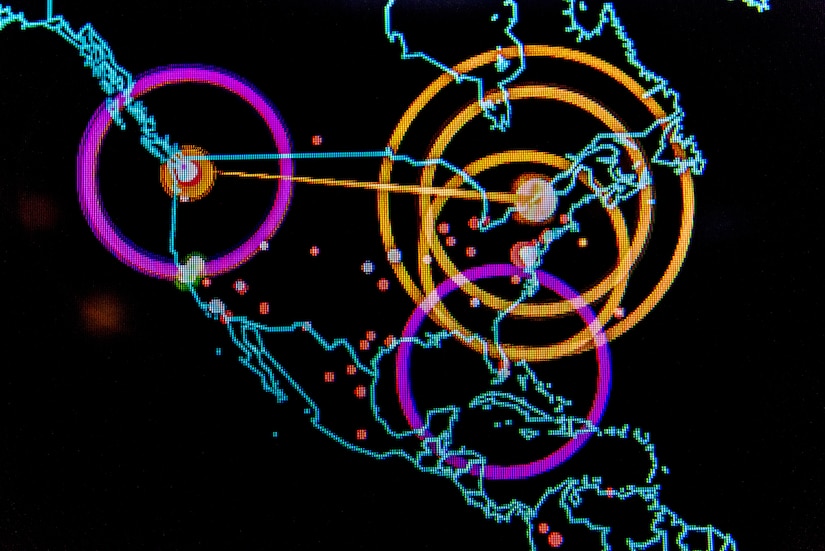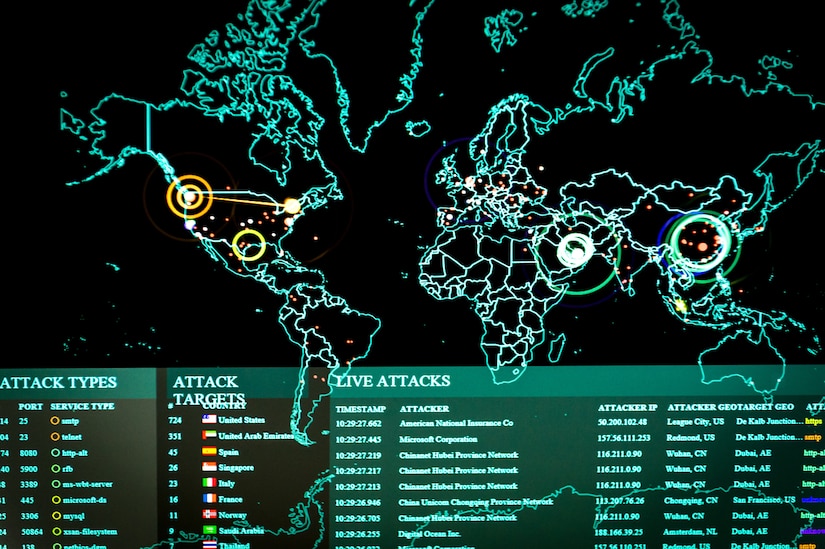In existence for almost a quarter-century, the National Geospatial-Intelligence Agency has been providing geospatial intelligence to policymakers, the intelligence community and warfighters since 1996. Now, says its director for operations, when it comes to geospatial intelligence, the agency is in the middle of a revolution.
"From a strictly GEOINT standpoint, we're in the midst of a revolution right now," said Army Maj. Gen. Charles Cleveland today during an online conversation with the Intelligence and National Security Alliance.

One aspect of that revolution, he said, is the growth in commercial GEOINT capability.
"The explosion of commercial capabilities has just changed the entire opportunity for GEOINT," he said. "We're soon moving to a point where we think, essentially, every part of the planet will be imaged on a daily basis. And so we also then look at all that data coming in, and we struggle, and we think about the opportunity, though, with how to handle all of that data."
One way to handle and extract value from large amounts of GEOINT, both from the commercial sector and from government assets, he said, is through the use of artificial intelligence and machine learning. That's a second aspect of the revolution Cleveland identified — ways to use AI and machine learning to empower human workers with the best of what's possible.

"We know that our adversaries really do have some significant capabilities," he said. "They are in many ways beginning to close the gap on us. As we move forward ... we really do think that, frankly, we are not going to be able to compete, we're not going to be able to do what we need to be doing by just simply trying to do what we were doing yesterday just a little bit faster ... we really do think that we've got to adjust the direction that we're going."
Already, he said NGA is heavily invested in AI and machine learning.
"We already have a number of efforts underway that are paying off and that are showing promise," he said.
Some of that work, he said, is in capturing, cataloging, and tagging parts of images to be fed into larger systems. Another part is standardizing data and making sure it's understandable and accessible to the entire workforce. Ultimately, he said, the goal is to get computers, AIs, to free up human employees to do more challenging work.

The NGA, he said, already has had some success on automatic reporting and automatic tipping and queuing, for instance.
"We want to be able to move our analyst workforce ... from focusing on kind of the known-knowns to shifting that paradigm, so that they have time to think and they have time to work on the unknown-unknowns," he said. "Frankly, we want those machines to be able to take care of things that machines should be taking care of, so of course we can get our team focused on the thoughtful efforts."






No comments:
Post a Comment